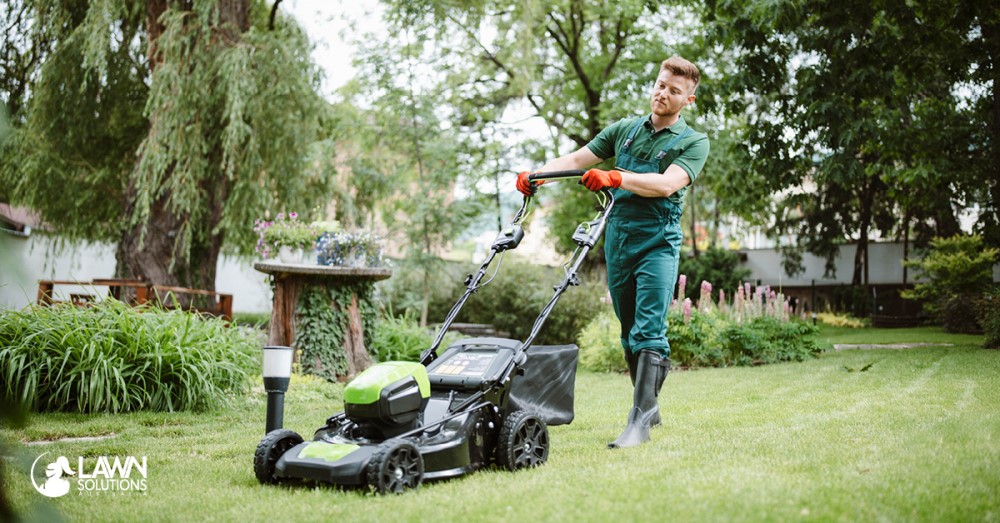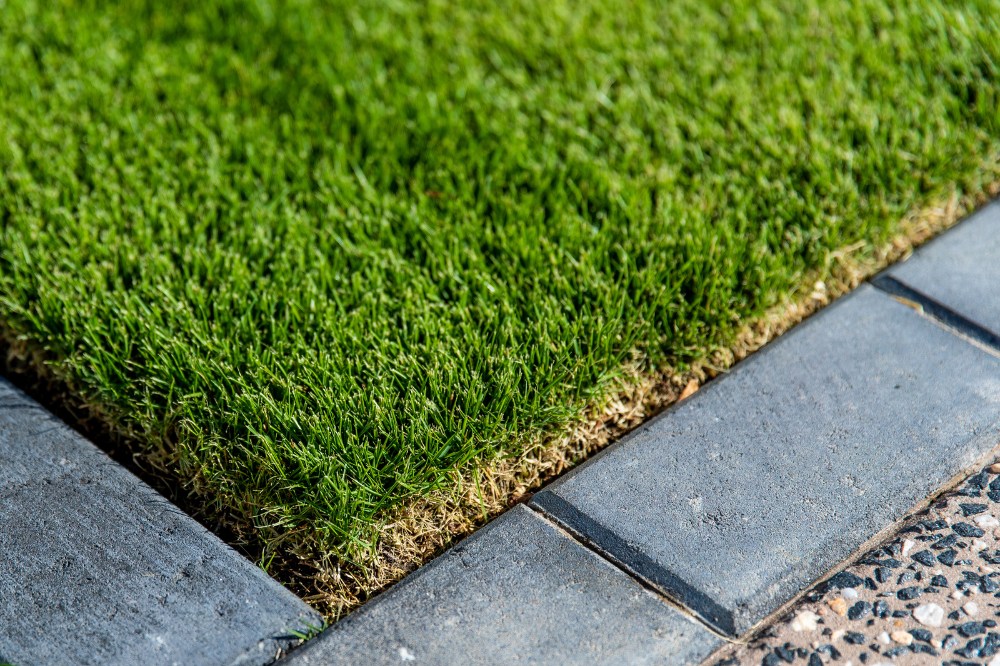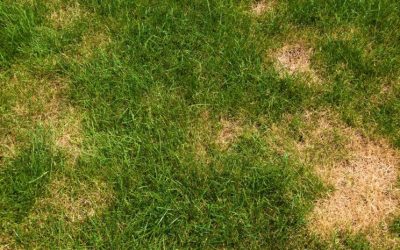Palmetto vs Sir Walter: Choosing the Best Grass for Your Lawn
Quick Links
Palmetto vs Sir Walter
Buffalo turfs are among the most popular variety of grasses in the country for several reasons. Firstly, these grasses are highly drought-tolerant and they can thrive in regions with low rainfall.
They also require low maintenance so you don’t have to worry about frequent watering and mowing.
If you are considering buffalo grass for your lawn, two of the top picks for Australians are Palmetto buffalo grass and Sir Walter buffalo grass.
We’ll give you a detailed comparison of these two to help you make the right choice.
Palmetto Buffalo Grass
Characteristics
Palmetto buffalo grass is a broad-leaf turf with striking dark emerald colour. As it holds its colour throughout winter, you can enjoy a striking lawn all year round.
With its fine leaf texture, it is soft to the feet and comfortable to walk barefoot. As it has a deep-rooted system, it is known to be an efficient water user and is drought tolerant. It can thrive even during dry periods.
Growth Rate
Considered a slow-growing grass, Palmetto buffalo grass takes longer to establish its root system than other buffalo varieties.
Generally, Palmetto lawn could take up to 4 weeks to establish, however, the actual time can vary depending on the season.
During winter, it may need more time to establish its roots. You can help it by minimising traffic on your lawn.

Once established, new turf grows horizontally rapidly. However, its upward growth is much slower than Sir Walter and most other grasses.
Palmetto buffalo turf has strong-growing runners and tends to grow tightly knit, creating a weed-resistant dense lawn.
However, once weeds start to infest, it’s a bit challenging to eradicate them. The best way to handle weeds is by manual handpicking.
Furthermore, just like Sapphire buffalo, Palmetto grows well even with partial shade. Palmetto just needs about 3 hours of sunlight.
Maintenance
Watering
Palmetto buffalo grass requires high maintenance while not yet established. However, when the root system is already strong, it requires less maintenance.
It’s important to keep the soil moist during the next four weeks of installation.
In the first week, you need to water early morning and evening. You can reduce the frequency in the succeeding weeks.
Fertilisation
To maintain the vibrant colour of your lawn, fertilise your Palmetto twice a year using a complete fertiliser.
Mowing
Palmetto lawn requires less mowing. Mow your Palmetto buffalo lawn at a height of up to 50 millimetres if it receives full sun.
On the other hand, if it is in partial shade, keep it between 50 and 70 millimetres.

Sir Walter Buffalo Grass
Characteristics
Sir Walter buffalo grass (DNA Certified) has a gorgeous dark green colour. Just like Palmetto, it also holds its winter colour.
Born in Australia, it is adaptable to most Australian climates and can withstand harsh weather conditions.
This soft-leaf buffalo grass variety has broad and fine leaves that give it a kid-friendly and pet-friendly soft texture.
It has higher wear tolerance, shade tolerance and drought tolerance than most turf varieties.
Growth Rate
With its tight growing habit, Sir Walter gives your lawn a thick and lush appearance. The same growing habit creates a tight guard against weeds and pollen. It is low-allergenic and resistant to weeds.
Moreover, because of its fast-growth rate, it’s an excellent choice for high-traffic areas. But of course, during the growing season, Sir Walter lawns require mowing more frequently.
This grass establishes more quickly than most buffalo grass varieties including Palmetto buffalo grass.
If you want to have a new lawn in less than a month, it’s one of the best options available. It grows well in full sun and can tolerate shade. It is also drought-resistant.
Maintenance Requirements
Watering
Sir Walter buffalo is a turf variety with a self-repair capability that allows it to easily grow back after substantial damage.
Compared to other buffalo varieties, it requires less watering. During the summer, watering once every two weeks is sufficient to top up while there is less rainfall.
In autumn or spring, you could water once a month, and no watering is needed during the winter season.
Less frequent heavy watering is recommended as it encourages a deep root system while frequent light watering makes a shallow root system.
To achieve a great-looking lawn, water early in the morning instead of in the evening. This also reduces the risk of diseases, especially fungal infections.
Pest Management
This buffalo variety is also among the most resistant to diseases and pests. You don’t have to often deal with infections and diseases if you have a Sir Walter lawn installed.

Mowing
Just like Palmetto, Sir Walter also requires less mowing. After installation, your lawn is ready for mowing within 10 days.
If you like a spongy lawn, the ideal mowing height is 25 millimetres while 20 millimetres is recommended for a tight and less thatchy lawn.
Fertilisation
In most parts of the country, you could fertilise late in autumn to maintain the vibrant winter colour of your lawn. If you live in an area with sandy soils, fertilise your lawn every two months.
How to Pick the Best Buffalo Grass
It may seem that both Palmetto and Sir Walter buffalo grasses have great characteristics but they also have key differences.
These differences will help you determine the right grass for your needs.
Weed Resistance
Both Palmetto buffalo lawn and Sir Walter buffalo lawn are resistant to weeds but many homeowners can attest that the latter has better resistance.
Thatch
The organic matter that accumulates around the base of the turf is called thatch.
Too much of this could reduce water efficiency and nutrient uptake. A grass that produces too much thatch requires more lawn care.
Both Palmetto and Sir Walter buffalo turfs have low-thatch characteristics. They are equal in this area so they both require less maintenance.
Sun & Shade Tolerance
Sir Walter buffalo grass has excellent sun tolerance and drought tolerance, making it the best option in areas with full sun. It can tolerate dry and hot weather during warmer months.
Both turfs have good shade tolerance, but the Palmetto buffalo grass performs better in partial shade.

Cold Weather Resistance
While Sir Walter can withstand colder temperatures, Palmetto buffalo turf performs better during colder months. Having said this, both lawns have great winter colour and frost tolerance.
Disease & Pest Resistance
Palmetto turf and Sir Walter turf are both resistant to diseases and pests. However, between the two, the latter has better resistance to fungal diseases.
Wear & Tear
The wear and tear resistance is an important consideration when choosing turf for high-traffic areas. Sir Walter soft leaf buffalo grass has better wear and tear than Palmetto turf.
Availability & Price
These two soft-leaf buffalo grass varieties are widely available across the country but Sir Walter buffalo is more affordable.
It is also highly resistant to fungal infection and diseases so you have nothing to worry about these common issues that other homeowners with a different kind of turf have to deal with.
Our Pick
Palmetto and Sir Walter buffalo turf varieties have many good characteristics and are suitable for different environments.
If your main consideration is shade or cold weather tolerance, you may prefer Palmetto.
However, if your main considerations are low maintenance, wear and tear, disease resistance, drought-tolerance or cost, Sir Walter is the sure winner.
read more!
recent posts
What is the Best Grass for a Lawn? A Complete Guide to Top Choices
Discover the best grass options for your lawn with our complete guide. Make informed choices for a lush, healthy yard. Read more to find your ideal grass!
Choosing the Right Weed Killer for Your Sir Grange Zoysia Lawn
Discover the best weed killer for Sir Grange Zoysia and essential tips for effective application. Enhance your lawn’s health and beauty!
Why Is My Zoysia Grass Dying? Common Causes and Solutions to Revive It
Is your Zoysia grass struggling? Discover common causes of decline and effective solutions to restore its health. Read the article for expert tips!

Our Turf
TifTuf Bermuda
Buy Turf Online © 2019 All Rights Reserved. | Proudly Designed and Developed by Sydney ICT



